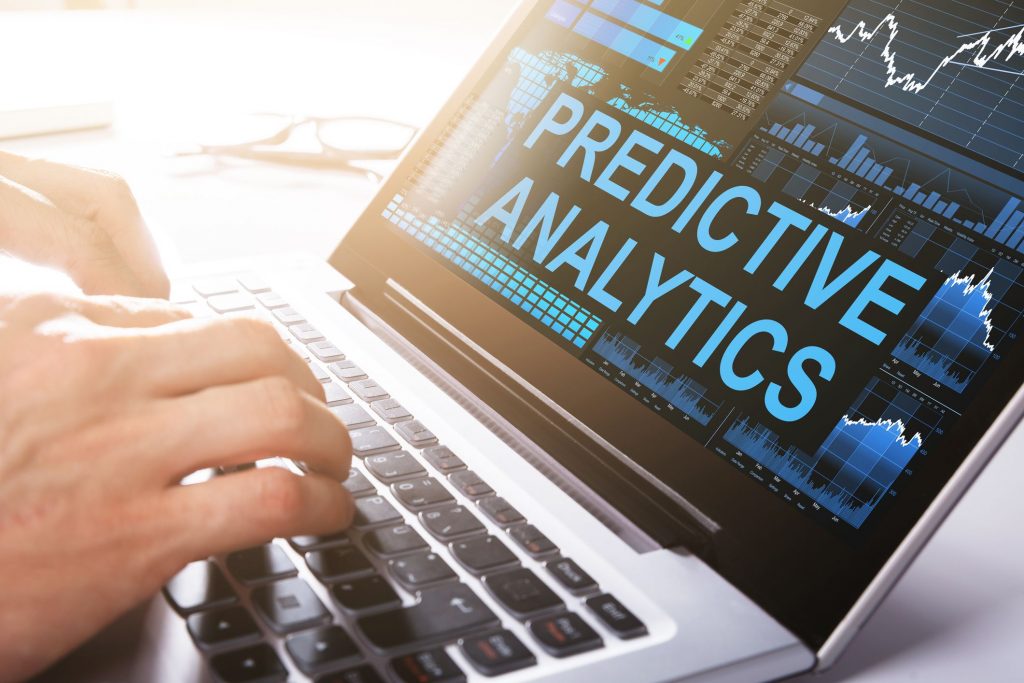By 2025, the market for healthcare predictive analytics will reach $7.8 billion, according to a recent market research report.
Growth in the area is leading to two results: healthcare companies are looking to integrate predictive analytics into their operations and more health informatics experts are needed.
The report, from KBV Research, mirrors the findings of other recent reports. The growth in predictive analytics is part of a trend driven by an aging population and impacting every type of healthcare analytics.
The Role of Predictive Analytics in Healthcare
Those who work in predictive analytics use statistical modeling, machine learning and other analytical techniques to make predictions about future outcomes based on following different options. The key is making the predictions as precise as possible.
That takes both innovative technology and qualified people to operate that technology. If done properly, according to the KBV Research report, “predictive analytics provides healthcare decision-makers the chance for ideal future results.”
Some refer to healthcare predictive analytics as “decision optimization.” Potentially, precision analytics could:
- Recommend the best course of action for patients
- Recommend the best course of action for suppliers
- Compare multiple “what if” scenarios to evaluate the impact of selecting one action instead of another
Although a global phenomenon, North American companies led the healthcare predictive analytics trend. Some of the biggest players include IBM, Oracle Corporation, McKesson Corporation, Truven Health Analytics and Cerner Corporation.
Why Predictive Analytics Are Growing So Fast
A variety of factors drive the rapid growth in the healthcare predictive analytics market. A recent report from TMR Research outlines some of the issues.
Healthcare administrators face growing concern over the costs of healthcare, which has led them to turn to predictive analytics to find the best path forward. At the same time, more attention than ever has been put on patient outcomes.
These two issues are the main reasons why administrators are looking to predictive analytics to achieve both effectiveness and efficiency in an increasingly complex and heavily regulated market.
Predictive analytics also play a significant role in finding ways to reduce the number of hospital readmissions. Innovative technology can evaluate the entire system and identify the patient data that signals a high chance of getting readmitted.
All these issues are also driven by the needs of an aging U.S. population. By 2034, the U.S. population will have more people over the age of 65 than those 18 and under, according to the U.S. Census Bureau. They will require more medical services than previous generations just because of the sheer numbers.
Part of An Overall Analytics Trend
Predictive analytics are not the only area of growth in analytics for healthcare. Perhaps the best-known area of growth is fraud analytics.
Fraud remains a large issue for healthcare companies and insurers. The market for healthcare fraud analytics hit $1.3 million in 2019. That number may reach $8.8 million by 2027. Again, an aging population is a factor, as well as the growing number of fraud cases.
Other areas of growth in healthcare analytics include:
- Prescriptive analytics. This type of analytics goes beyond predictive, creating data-backed decision options
- Financial analytics. Used in creating more accurate budgets and future financial scenarios.
- Operational analytics. Involves using data mining and other data analytics tools to analyze operations and determine areas where more efficiency is possible
- Clinical analytics. Use of data to improve medical decisions, increase revenues and save costs
For those who work in health informatics, their expertise in data will open the doors to positions in many different areas of healthcare. As the population ages and innovative technology expands, expect even more opportunities to surface in the health informatics field.



